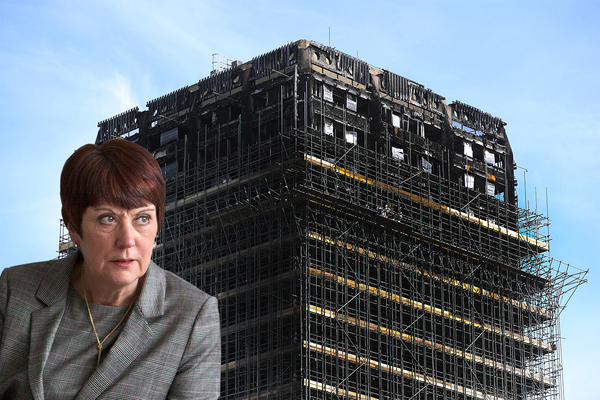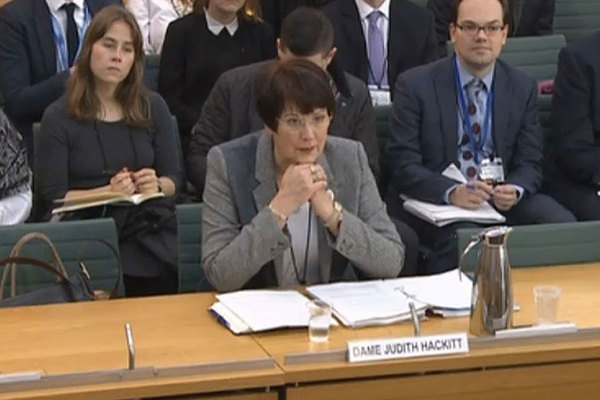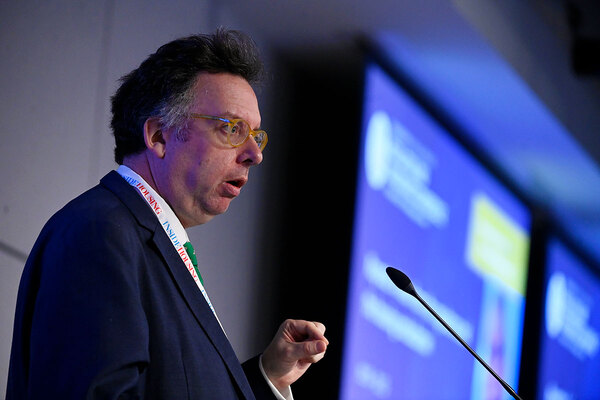Dame Judith Hackitt: the interview
Dame Judith Hackitt spoke to Inside Housing shortly after releasing her much-anticipated review of building regulations. An abridged transcript of the interview follows.
Inside Housing: Can you tell me, when you were doing the review, who told you that desktop studies shouldn’t be banned?
Judith Hackitt: I’ve heard a variety of views. Some of the people who said they shouldn’t be banned for very small changes and that seems to make sense to me, but as I’ve said, I didn’t come back to it in this review because this is an issue that’s out for consultation.
The fundamental point about desktop reviews is that if you’re going to do them, the person doing them has to be competent, they have to be properly recorded, they have to be open to scrutiny and that’s what an effective system looks like.
IH: In a letter to the CLG committee you described using materials of limited combustibility as “undoubtedly the low risk option”, as opposed to large scale testing. Why are you saying that the testing regime can still go ahead if you think it’s the higher risk option?
JH: It’s a statement of fact isn’t it, that if you use non-combustible materials you are eliminating the risk associated with that.
If you choose to go the other route then you’ve got to go on to do all the other things we’ve talked about, doing the full test and even then you have to ensure that the people who install it are competent because what we know, from the evidence that’s coming to light, is that this is not just about specifying the right materials but the way in which they’re installed and everything else.
IH: So, surely it’s simpler just to go for what you’ve described as a low risk option?
JH: Yes, that’s the point isn’t it, that it’s better to go for the low risk option. I would caution against looking at one bit of the report in the way you’re trying to do at the moment. What I would ask you to focus on is look at this gateway process that I would want to put in place as part my review.
IH: In the Today interview this morning, you were being asked about a combustible ban and you said you didn’t know of any systems containing combustible materials that have passed fire safety tests. In fact, there’s actually two of the government tests that did pass and have combustible materials in them. Why did you say that in the interview this morning?
JH: What I meant was I don’t know of any combustible materials of the type that were used on Grenfell Tower that have passed the test. I was being asked in an interview, on radio, to talk about a highly technical issue and I said that at the time.
It’s very difficult to convey the principles in a two minute, five minute interview when you know as well as I do that this is a very complex subject and there are lots of technicalities around it.
IH: Of course, but as somebody who’s been working on this review for nearly a year, I would have thought you’d be really on top of all this stuff.
JH: I have been covering the whole system of regulation, I have not been going into the detail of the technical specifications. If you go back to where I started on this review in July last year, I said then I will not get into the technical detail, I will not be editing and re-writing the detailed guidance and regulations.
My job was, and still is, to provide a framework that will enable others to do that and to enable them to do it quickly now within a new framework for the future.
IH: Following the Lakanal House coroner’s inquest, the government was told to review Approved Document B and didn’t. Do you think the government should shoulder some responsibility for not tightening up approved document B?
JH: I have not looked at that. I was asked to look forward and look at what needed to be done now.
I think it is for others and, in particular, that’s a highly sensitive question that the public inquiry will probably want to address, and I’m not going to comment.
The full interview will be on The Housing Podcast tomorrow.










